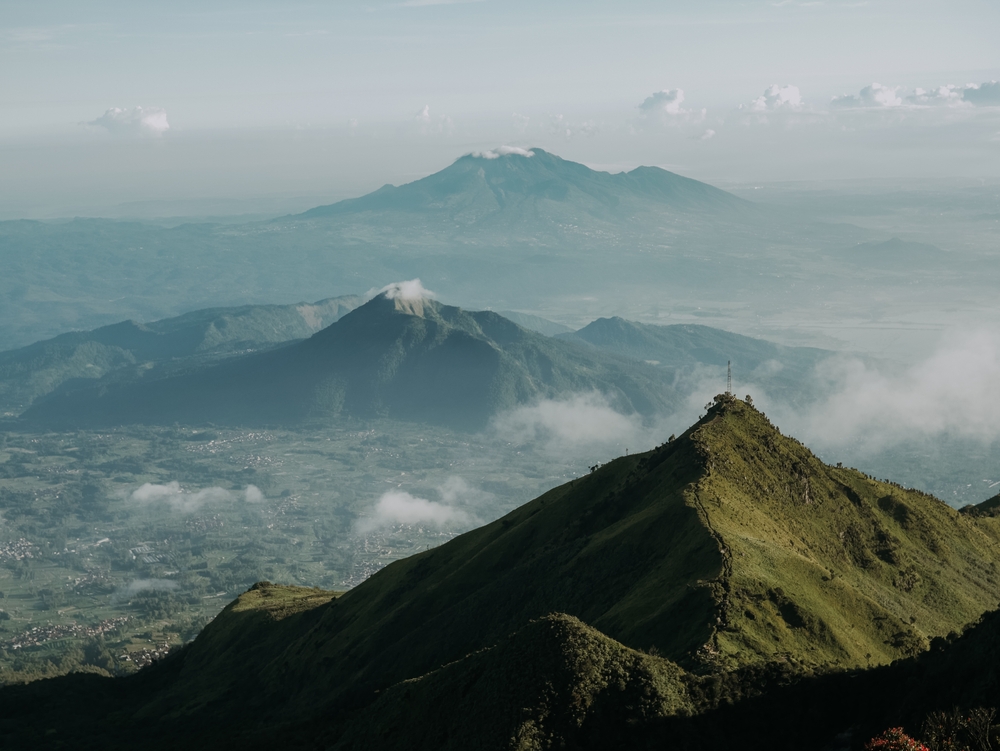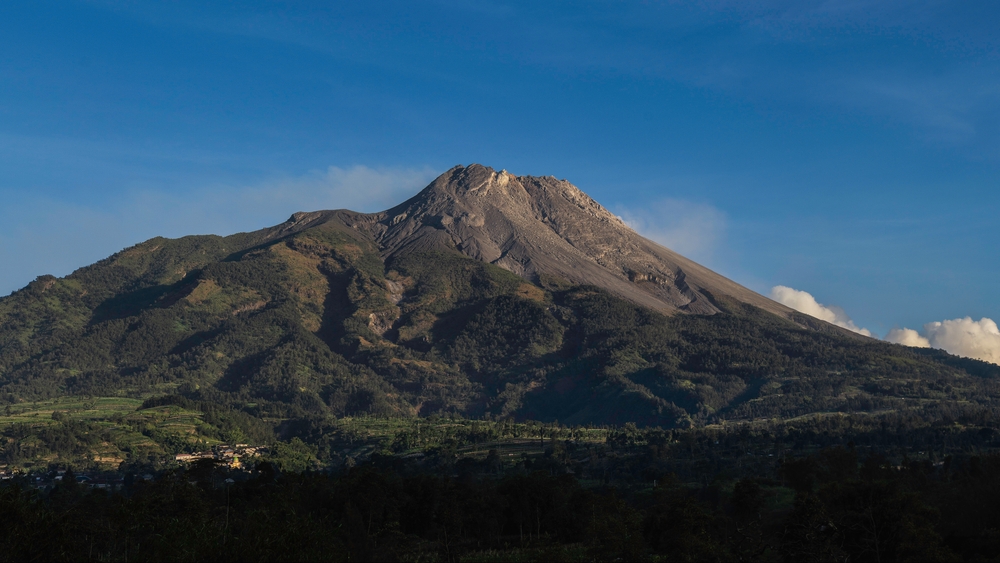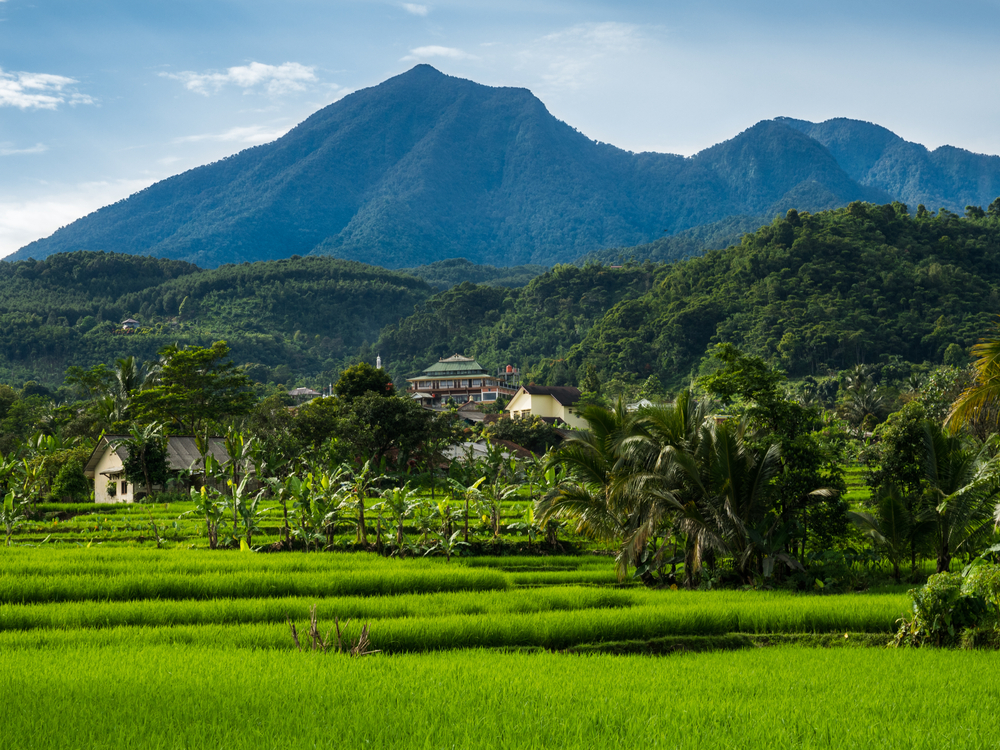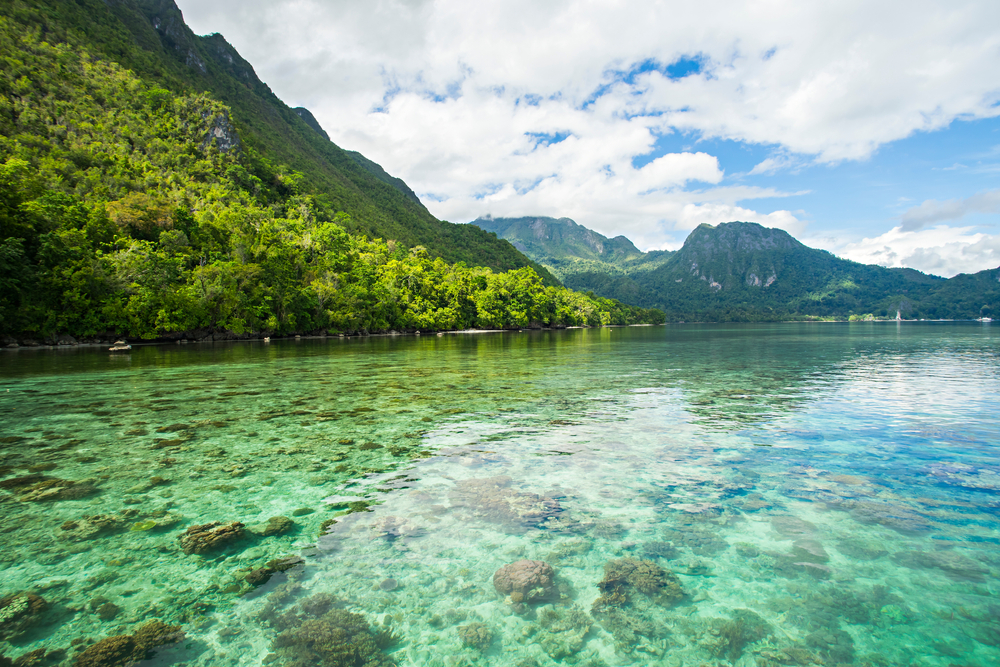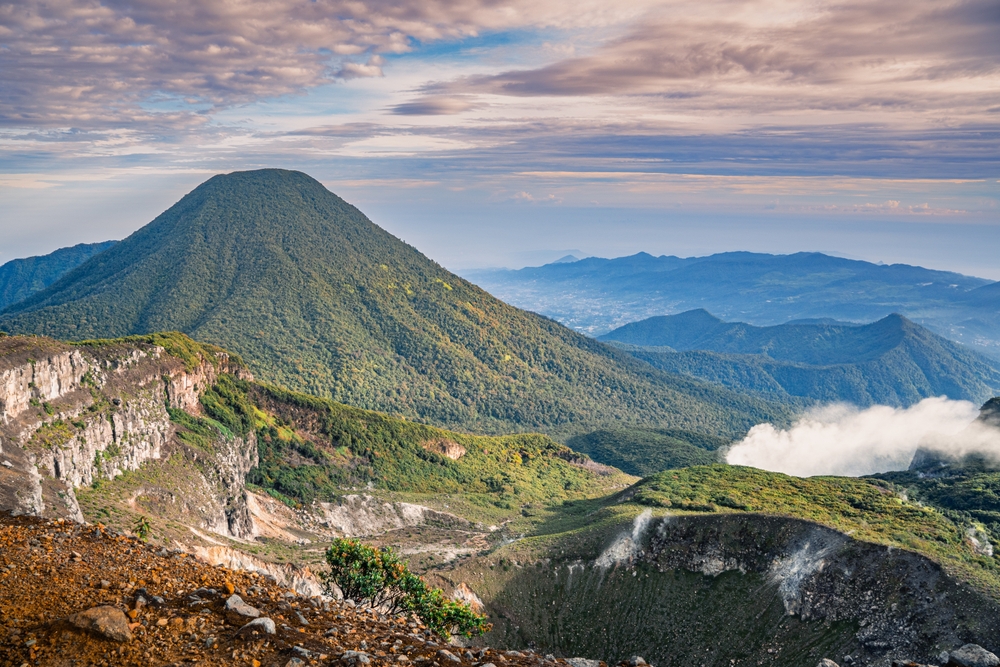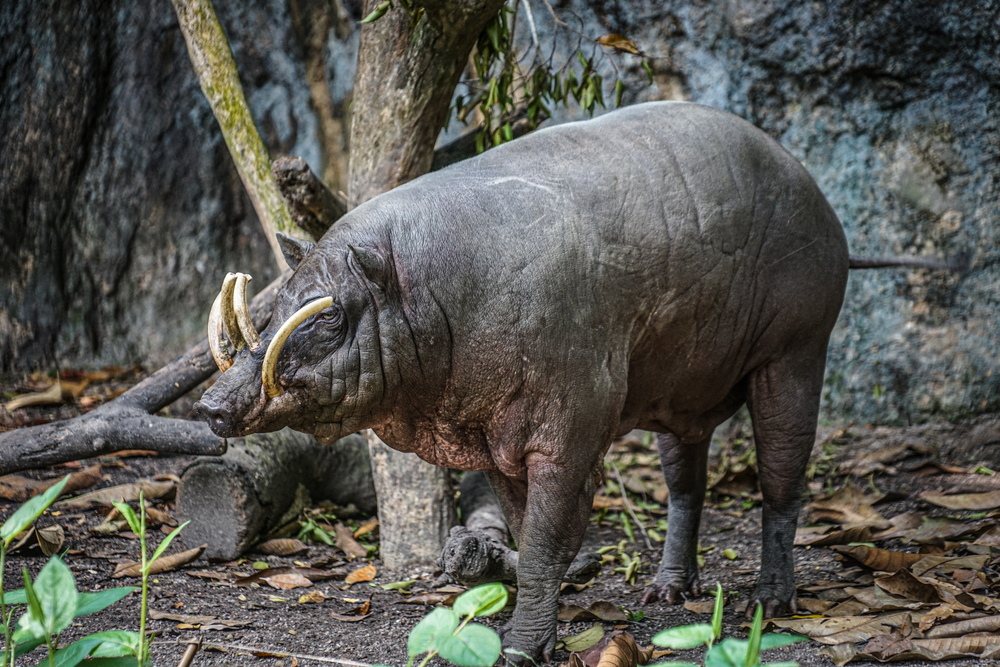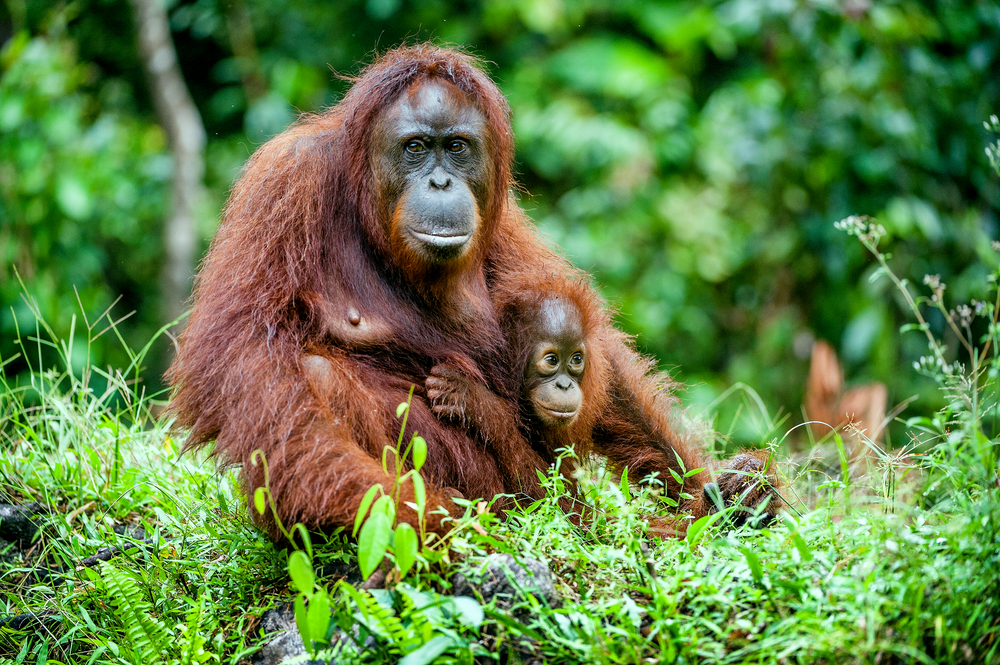Mount Merbabu Overview
Mount Merbabu National Park, known locally as Taman Nasional Gunung Merbabu, is a stunning natural treasure located in Central Java, Indonesia. Covering an area of approximately 53 square miles (137 square kilometers), the park is centered around Mount Merbabu, a dormant stratovolcano that rises to 10,318 feet (3,151 meters) above sea level.
The park is situated between the cities of Magelang and Boyolali, offering a dramatic contrast to the surrounding agricultural landscapes with its lush greenery, rugged peaks, and volcanic terrain.
The terrain of Mount Merbabu National Park is characterized by a mix of steep volcanic slopes, rolling grasslands, dense montane forests, and rocky outcrops. The park’s higher elevations are home to vast stretches of savana, or alpine grasslands, which are interspersed with patches of coniferous and broadleaf forests. Prominent features include the summit crater of Mount Merbabu, which is ringed by jagged cliffs and offers panoramic views of nearby volcanoes such as Mount Merapi and Mount Sumbing.
The lower altitudes feature dense tropical forests, filled with ferns, mosses, and flowering plants like the Javanese edelweiss (Anaphalis javanica), a species symbolic of Indonesia’s mountain ecosystems. Rivers and small waterfalls, such as Kedung Kayang Waterfall, weave through the park, adding to its diverse landscapes.
The park is teeming with wildlife, offering a haven for a wide variety of species. Key mammals include the Javan leopard (Panthera pardus melas), long-tailed macaques (Macaca fascicularis), and barking deer (Muntiacus muntjak). Bird enthusiasts will be thrilled to find an array of species, including the endangered Javan hawk-eagle (Nisaetus bartelsi), often referred to as Indonesia’s national bird.
Other notable birds include the green peafowl, Javan kingfisher, and the chestnut-bellied partridge. The park’s rich biodiversity makes it an essential habitat for many species that are endemic to Java.
One of the park’s most popular features is its trekking routes, particularly the climbs to Mount Merbabu’s summit. Trails such as the Selo, Wekas, and Thekelan routes attract both seasoned hikers and beginners. Each trail offers breathtaking views of the surrounding volcanic landscape and a chance to experience the diverse ecosystems up close.
Visitors often camp overnight to witness the stunning sunrise from the summit, with clouds drifting below and the fiery glow of nearby Mount Merapi in the distance. The park also offers opportunities for birdwatching, photography, and educational tours focused on its unique flora and fauna.
Mount Merbabu National Park faces conservation challenges, including illegal logging, encroachment, and the pressures of tourism. However, its management has seen significant successes through community-based conservation programs and efforts to reforest degraded areas. Partnerships with local communities have helped promote sustainable tourism and environmental awareness, ensuring that this extraordinary natural area is protected for future generations.








































































